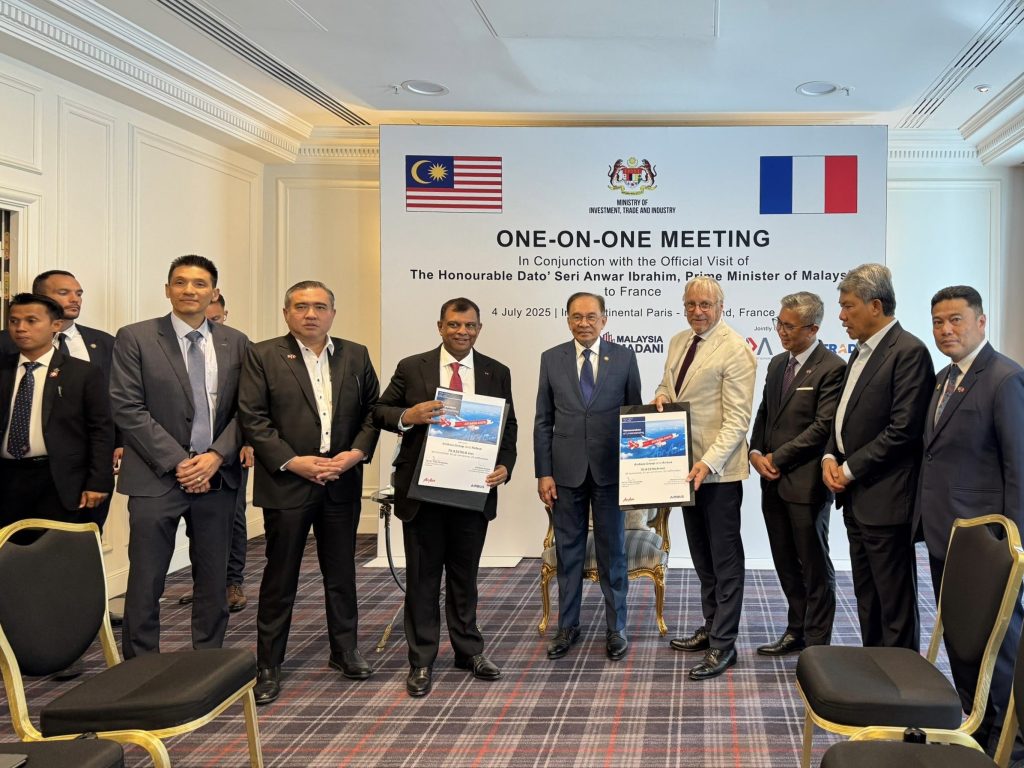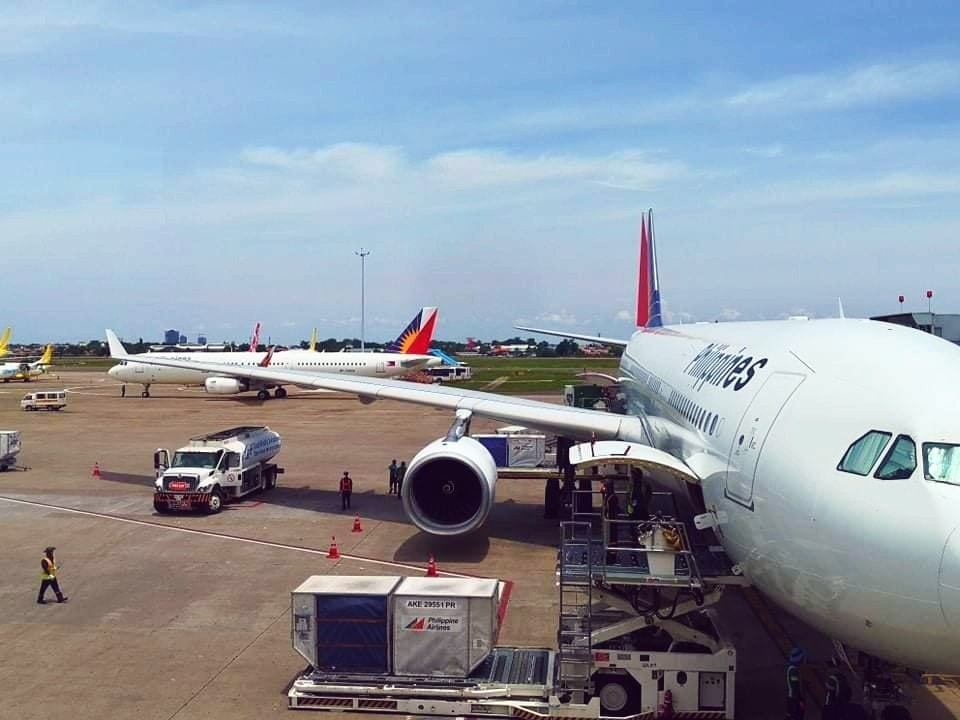AirAsia has signed an agreement with Airbus for 50 A321XLR aircraft with rights for an additional 20. The deal, valued at USD 12.25 billion, supports the airline’s ambition to become the world’s first low-cost, narrow-body network carrier. Deliveries of the new extra-long-range jets are scheduled to begin in 2028.
The agreement was formalized in Paris and witnessed by the Prime Minister of Malaysia, YAB Dato’ Seri Anwar Ibrahim. This order is a core component of AirAsia’s strategy to connect its hubs in Kuala Lumpur and Bangkok to new, longer-range destinations in Central Asia, the Middle East, and Europe.
Capital A CEO and AirAsia Group Advisor Tony Fernandes explained the vision behind the acquisition. “We pioneered low-cost travel in Asia – now, we are taking it to the next level. AirAsia is on a transformative journey to become the world’s first low-cost network carrier. This is about exponential growth, connecting geographies beyond Asean, and making flying even more democratic,” Fernandes said.
He added: “We gave people in Asean the opportunity to explore Asia – now we want the world to see Asean, and Asean to see the world. The A321XLR and A321LR are the game-changers enabling this vision, and we are proud to lead the charge in making our world smaller. We can’t wait to paint the skies even wider in red.”

Philippines included in expansion plans
For its Philippine operations, the new aircraft order signals future growth. Fernandes identified Manila as a key part of the airline’s long-haul strategy, particularly for routes across the Pacific.
“It is a fantastic gateway for us to the West Coast and certain parts of the Pacific Islands. And so, it definitely will be included,” Fernandes stated during a media briefing. He noted that it is currently too early to confirm the specific number of A321XLRs that will be allocated to AirAsia Philippines.
However, operating non-stop flights to the US mainland from Manila with the A321XLR presents a range challenge. “From Manila, we couldn’t use the XLR. It couldn’t reach America. It could just about reach Hawaii,” Fernandes explained.
To address this, the airline is evaluating its options. “The problems of going to the west coast of America is we’ll have to decide whether we want to keep the wide-bodies, and that’s the question I’m discussing with Airbus, etc., just for the Philippine operation, or we have to look at a northern hub like Japan, Taiwan, Macau, etc., to get close to America,” he said.
Fleet and network strategy
The A321XLR offers a range of up to 4,700 nautical miles, or about nine hours of flying time, while providing up to 20% lower fuel burn per seat. This efficiency allows AirAsia to explore new point-to-point routes and build a connecting network similar to Middle Eastern carriers, but with a low-cost, narrow-body fleet.
Christian Scherer, CEO Commercial Aircraft at Airbus, commented on the agreement: “We are pleased to confirm this agreement, as AirAsia Group begins its next development chapter. Having resumed its growth trajectory, which we salute and support, the airline is creating solid fleet efficiencies, allowing global network expansion. The A321XLR unlocks new opportunities for AirAsia to launch non-stop flights linking primary and secondary cities all around the globe.”
Fernandes also expressed confidence in the airline’s recovery and future, stating that the order demonstrates a clear path forward. “I think we now feel that the worst is over. And so we’ve got to start planning for the growth. And before we miss this opportunity as slots get taken up, et cetera,” he concluded.

























Leave a comment